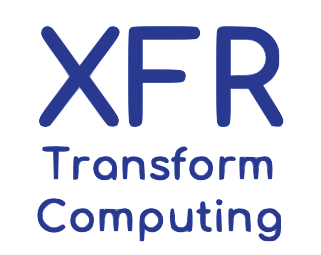XAI for Microgrids
The US and the world are undergoing a revolution in the way we generate, store, transmit, and consume energy. Generating electricity from photovoltaic solar panels and windmills is now the cheapest means, including burning fossil fuels, but our energy grid is not yet capable of generating all our electricity via renewable sources and delivering it to the places we need to consume it. In short, humanity is close to having the components necessary to shift to renewable sources, but we are not close to having the needed system, often termed the smart grid, to do so.
Generation and transmission of that renewably generated electricity involves a host of technical issues that the original energy grid did not have to cope with. The original energy grid also encountered major issues as it grew and scaled to the extent we know, but it did so over more than 100 years. The societal and economic imperatives to shift to renewable energy sources compel us to move much faster than that, and that’s where XAI comes in. Anticipating tomorrow’s and next week’s generation from solar panels and windmills, considering weather, seasonal variation, and known human and other events (e.g., sporting events, eclipse) requires a level of prediction beyond what we have today; gaining confidence in such predictions will be essential. Similarly, quickly recognizing emergent issues within the smart grid, similar to the way internet-connected computers have fought computer viruses, will be essential to deliver the reliable energy today’s society demands.

